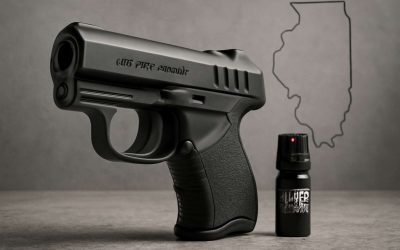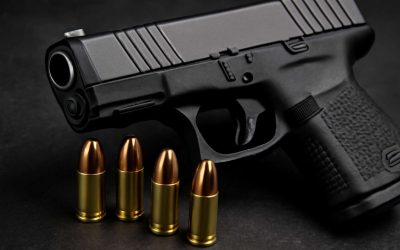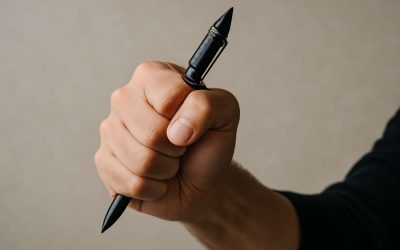
In a world of political and social unrest, a wide range of nonlethal weapons (NLWs) can help police and other law enforcement officers avoid civilian casualties. These less-lethal tools may be useful in a variety of situations, including riot control, prisoner control, crowd control and refugee control.
NLWs can also be effective in “gray-zone” situations, where U.S. forces face mixed crowds of civilians and fighters and want to manage escalation of conflict. These agile, effective tools can also be used to break up a stalemate or to deter other forces from entering an area where they would otherwise not be allowed.
When evaluating a situation, officers consider their agency’s policy and an approved use-of-force continuum that helps them decide the appropriate amount of force to use in a particular context. In addition, officers must weigh the risks and benefits associated with their options.
The use of NLWs by police and military personnel has become increasingly widespread across the globe, particularly in conflict zones. For example, the United States has used NLWs in a range of operations, from military peacekeeping missions to riot control to prisoner control.
Some of the most common NLWs are chemical irritants, such as tear gas and pepper spray. These chemicals can cause a range of symptoms, including respiratory distress, asthma exacerbations, nausea, emesis, tachycardia, skin blistering or burns and traumatic brain injury.
Other NLWs include kinetic impact projectiles, such as bean bag rounds and foam bullets. These munitions have the potential to inflict serious injuries, such as broken bones and traumatic brain injury.
While a majority of the reported injuries were non-serious, a minority caused permanent loss of sight or other disabilities. In many cases, these NLWs were deployed without proper training or guidance.
The language around NLWs must be more accurate in order to better inform the public and policymakers. For example, the term “tear gas” inaccurately discounts the severity of symptomatic effects.
Using the correct terminology can have important implications for societal expectations and practices, such as when to intervene. It can help to prevent misunderstandings, shift cultural norms and promote constructive policy change.
These NLWs are designed to be used by law enforcement in an emergency, but it is essential that officers and civilians understand the risks associated with their use and take precautions when they are in contact with them. When considering the use of NLWs, it is important to remember that not all people will react positively and that the weapon’s use will require an officer’s consent before they can be used.
In the United States, policing and military agencies have been deploying these NLWs in many areas of the country for years. Some agencies have developed their own policies for the use of NLWs, while others have adopted guidelines set by national and international bodies.
As a result, police officers and citizens alike often struggle to understand the potential risk of utilizing these NLWs. This is particularly the case for pepper spray and tear gas, where language like “tears” or “irritants” fails to accurately reflect the harm that can be inflicted on a person.



0 Comments